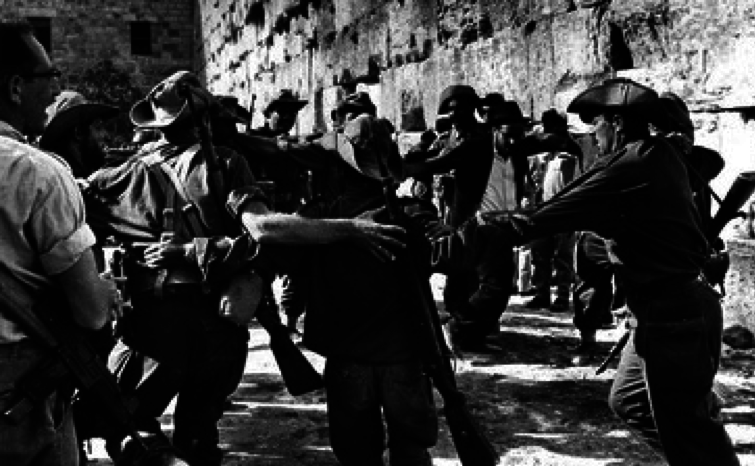June 27, 1967
Between the end of Israel’s 1948 Independence War and the outbreak of the June 1967 War, Jerusalem was divided in two: West Jerusalem was under Israeli control and covered about 38 square kilometers, and East Jerusalem was under Jordanian control and covered about 6 square kilometers. Following Israel’s victory and subsequent acquisition of Jordan’s territory along the West Bank of the Jordan River in the war, the Israeli government annexed roughly 70 square kilometers of land to West Jerusalem, bringing down the walls and fences that had divided the city.
A committee headed by Israeli General Rehavam Ze’evi defined new borders for the city. The Committee Plan, which was approved by the Knesset, included the Old City of Jerusalem and its surrounding residential neighborhoods, as well as slivers of the municipalities of Bethlehem and Beit Jala. The newly expanded city was referred to as a “unified Jerusalem.”
Under Israeli rule, the inhabitants of the annexed areas were given special citizenship. Following a census conducted by the Israeli government, these residents were provided permanent residency status with the option to become full Israeli citizens. However, the majority of these residents never opted to become full Israeli citizens for political reasons.
The Old City of Jerusalem, which is home to holy sites for Judaism, Christianity and Islam, was divided into four separate quarters: Jewish, Christian, Arab and Armenian. After Israel’s annexation, all groups enjoyed free access to holy sites.
In the photo, Israeli paratroopers dance the Hora in front of the Western Wall after capturing the old city from the Jordanians.



